DIRECTOR’S MESSAGE
hether it was at the office, a company event, or simply out in the community, it has been so refreshing to see our members’ smiling faces again. I have never felt more connected to our industry or its fantastic participants.
It’s no secret that, like much of the world, the construction industry finds itself wrestling with supply-chain disruptions causing material shortages that have resulted in record costs and problematic delays.
“Some of these incidents had only tangential or indirect effects on construction supplies,” writes the Associated General Contractors of America’s Chief Economist, Ken Simonson. “But collectively, they demonstrate the interconnectedness and the fragility of a global supply web on which even purely domestic industries, such as US construction, depend.” Nationwide, prices for lumber and certain steel products have tripled, Simonson adds, and lead times have become completely “unpredictable.”
These problems have been partly due to freak events like the six-day blockage of the Suez Canal or natural disasters like the earthquake and resulting fire that damaged a semiconductor plant in Japan. These events and their ripples through the supply chain have reminded us all too well of how closely tied our industry really is.
And while many of these circumstances are beyond our control (like the lingering effects of a worldwide pandemic), we want our members to know that AGC of Alaska has been doing everything we can to address these issues, both nationally and locally.
On a national level, AGC has been lobbying for prompt removal of tariffs that are pushing up prices as much as 25 percent for imported steel, 10 percent for aluminum, and 9 percent for Canadian softwood lumber. We have also hosted on our website a Construction Inflation Alert. This resource is something contractors can point to when explaining to officials and owners the harm being caused by price hikes and supply shortages. On top of this, our association has also held countless webinars and media briefings for public agencies to educate them further on these issues.
Elsewhere, we continue our efforts in advocating for a federal infrastructure package that is as friendly to the construction industry as possible. As AGC of America’s CEO Stephen E. Sandherr put it, our goal remains the same: to ensure the construction industry leads the way in rebuilding our economy.
As it stood in early August, the bill was set to provide $1.2 trillion of investment in physical infrastructure, including the following:
- $65 billion for broadband deployment and affordability
- $55 billion for water infrastructure projects
- $47 billion for road and bridge construction
- $39 billion for transit projects
The following are a few Alaska-specific areas the bill is set to address:
- $3.5 billion over five years for Alaska as part of the Surface Transportation Reauthorization Act of 2021 to construct, rebuild, and maintain roads and highways.
- Approximately $225 million to address more than 140 bridges considered to be “structurally deficient.”
- $2 billion over five years for a new grant program to improve and expand surface transportation systems in rural areas.
- Codifies the core elements of the “one federal decision” policy for major transportation projects, including establishing a two-year goal for completion of environmental reviews, which is a huge permitting reform win for Alaska.
- Offers the Alaska Liquified Natural Gas, or LNG, project eligibility for Department of Energy loan guarantees up to $18 billion.
- $2.25 billion over five years for the US Maritime Administration Port Infrastructure Development Program, which provides critical support to big and small ports throughout Alaska.
One feature of the bill that does not align with our objectives is that, in its current form, it gives large sums of money to federal agencies to be distributed by discretionary grants. In many cases, this can offer these agencies an opportunity to prioritize additional requirements.
Despite some concerns regarding certain provisions that don’t directly build out American infrastructure, US Senator Dan Sullivan still believes the benefits of this bill far outweigh the negatives for Alaskans.
“While flawed in a number of ways, this bill addresses Alaska’s historic deficit in infrastructure in a way that I believe will be important for our state,” Sullivan wrote in a recent statement.
“It has very significant funding for Alaska roads, water systems, ports, airports, our ferry system, bridges, and Coast Guard infrastructure. It also contains historic funding for broadband build-out in Alaska, which will help our fellow Alaskans in terms of education, telehealth, and small business opportunities, and it has billions of dollars in federal loan guarantees for the Alaska natural gas line—a step toward unlocking our massive reserves of natural gas for the benefit of Alaskans, our country, and our allies overseas.”
Our Congressional delegation’s support for real infrastructure improvements will help put Alaskans back to work—not pay them to stay home. To close, I’d like to take a moment to thank them for their continued dedication to our state and its critical construction industry.
